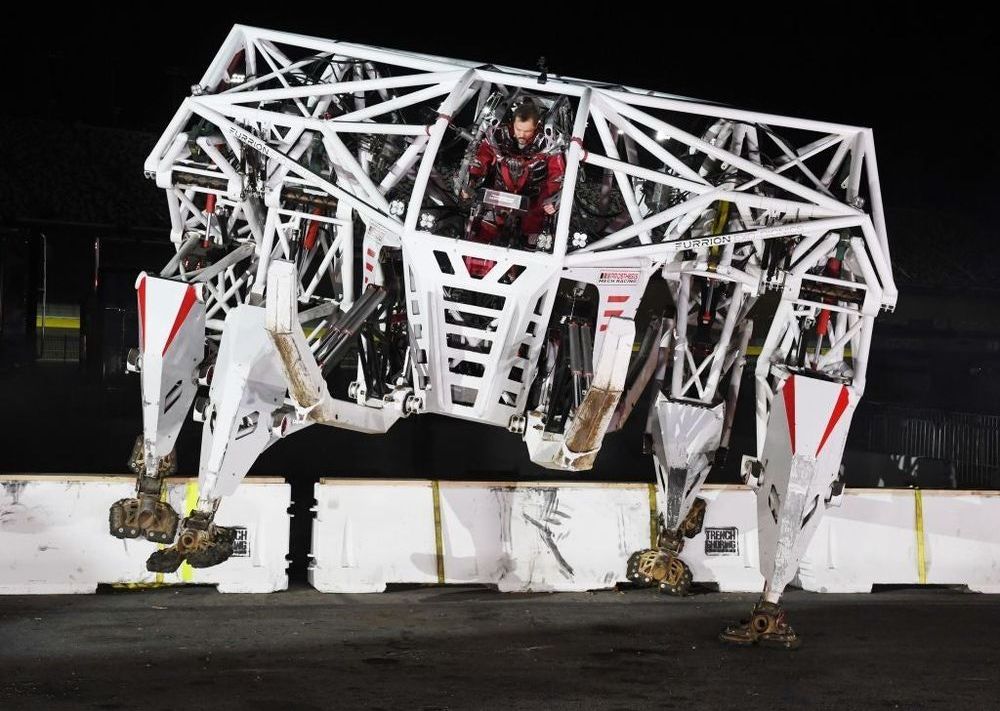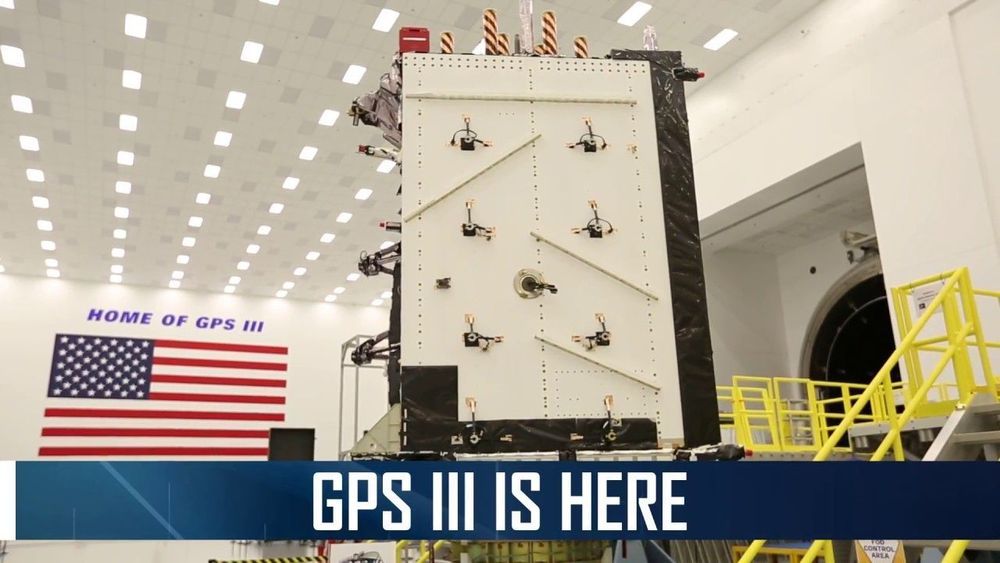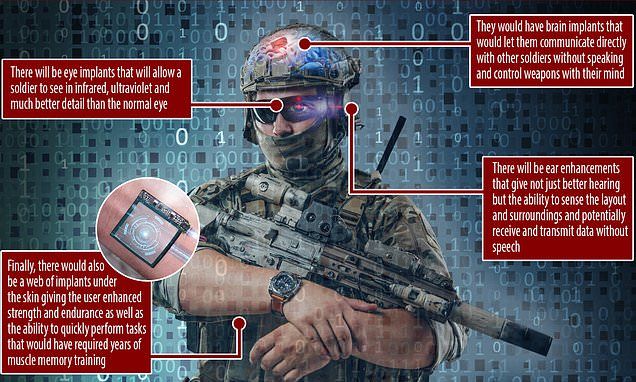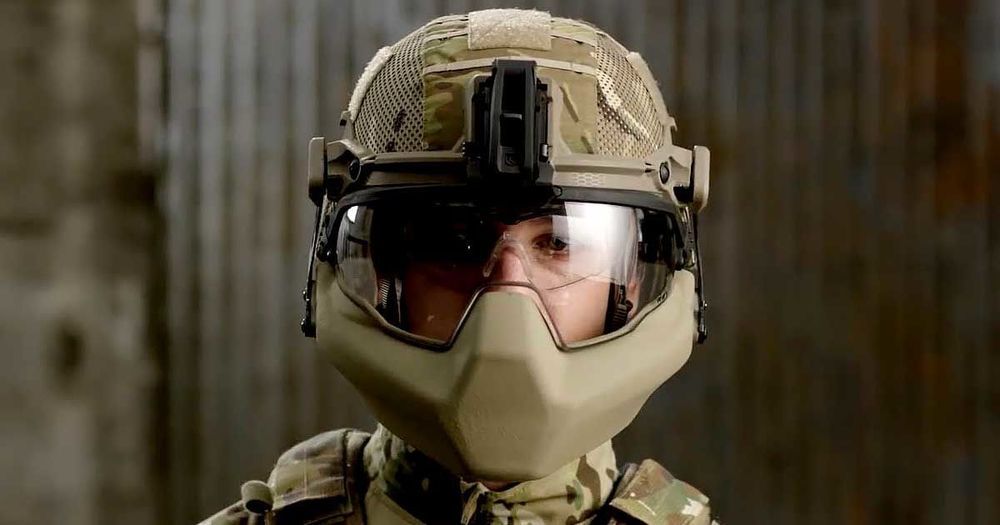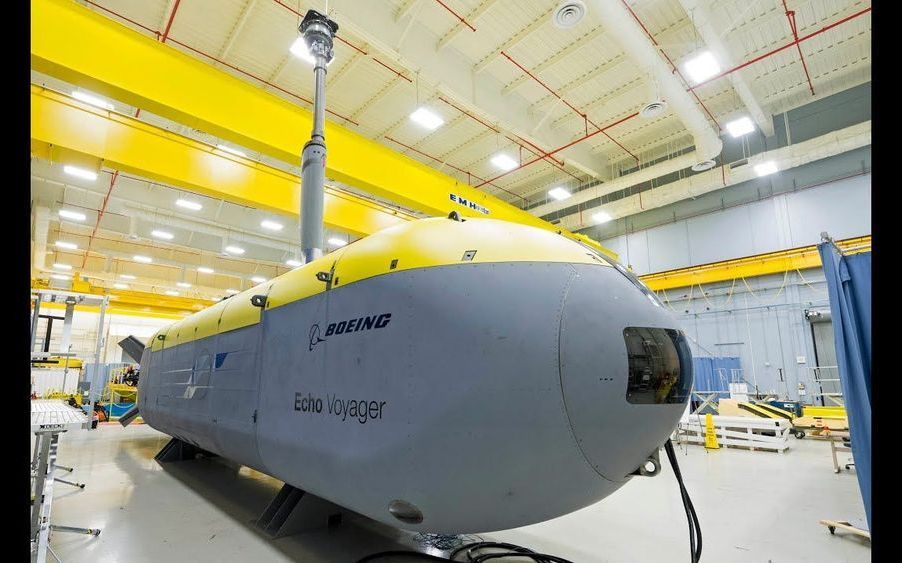Dec 8, 2019
Russian APT Hackers Attack Government Network via malicious Word Doc
Posted by Quinn Sena in categories: government, law enforcement, military
Researchers discovered a new malicious activity that involved by Russian APT hackers to attack Government and Military officials in Ukrainian entities.
The attacker’s targets are not limited but they also infect various individuals who is part of the government and Law enforcement, Journalists, Diplomats, NGO and the Ministry of Foreign Affairs.
Researchers believe that the campaign attributed to Gamaredon activity in which attackers using Dynamic Domain Name Server as C2 server, VBA macro, and VBA script as a part of this attack.

